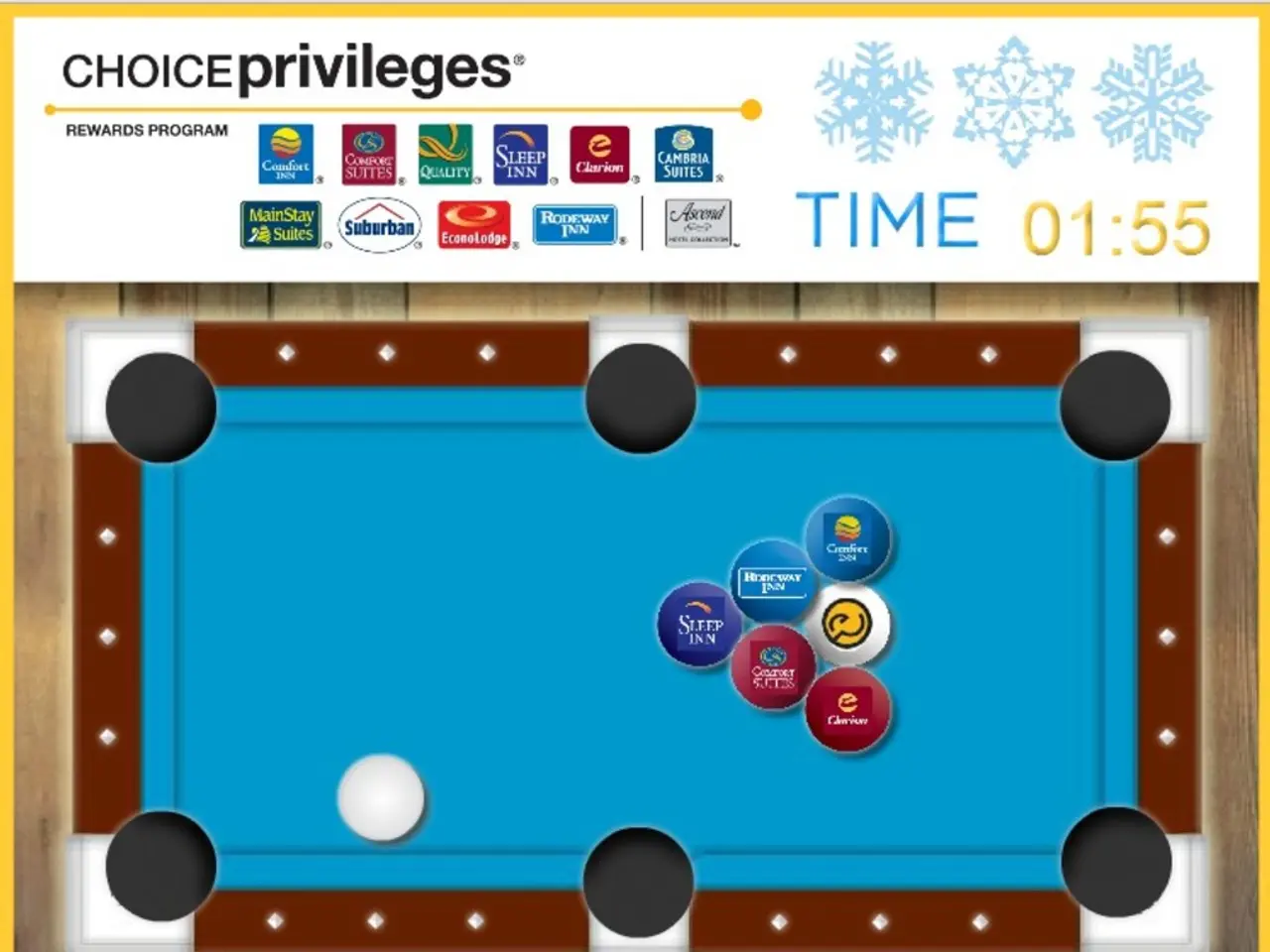Crytek's 25-year voyage serves as an inspiring blueprint for upcoming game artists
In the late 1990s, a group of visionary game developers, led by the Turkish-German Yerli brothers, embarked on a mission to revolutionise the gaming industry. Founded in 1999, Crytek aimed to break away from the typical German style of complex strategy and RPG games, instead focusing on open-world, semi-sandbox environments where players could freely explore and interact with the landscape[1][2][4].
Their journey began with a simple experiment. One member dabbled in OpenGL graphics, rendering a basic cube and sharing the screenshot online. This caught the attention of Cevat Yerli and other Crytek collaborators, who were building the studio's vision over the internet using ICQ[1]. This led to the development of X-Isle, a tech demo that showcased dinosaurs in a semi-open world environment. The demo, largely an experiment in pushing the boundaries of real-time 3D graphics and environmental rendering, attracted significant industry attention, notably from Nvidia, and helped Crytek secure a publishing deal with Ubisoft for what would become Far Cry, released in 2004[1][2].
X-Isle marked a departure from the norm for Crytek. It was not a game but a visual sandbox for the team to learn and build new techniques[3]. The transition from X-Isle to Far Cry involved Crytek shaping levels with more intent, including jungles, enemy bases, secret labs, and sniper-filled ruins[4]. Far Cry expanded on the open-world and sandbox ideas of X-Isle but on a much larger and more polished scale.
Following Far Cry, Crytek continued to advance their engine technology, culminating in the release of Crysis in 2007. Crysis was a technological milestone, famous for its demanding system requirements and groundbreaking graphics, giving rise to the meme "Can it run Crysis?"[1][2][4][5].
Now, to celebrate its 25th anniversary, Crytek has released a documentary series, offering an in-depth look into the creation of Far Cry and Crysis. The debut episode, now live on YouTube, delves into the visual ambition behind Crytek's early years, showcasing concept art for the nanosuit, alien exoskeletons, and experimental terrain maps[6]. The documentary also features early sketches, environment tests, and never-before-seen footage of the original tech demo, X-Isle. Crytek has announced that more episodes are on the way, with future entries diving into Crysis, Ryse, and more.
The story of Crytek serves as a blueprint for anyone making the leap from hobbyist to indie game creator. The grassroots nature of the team's beginnings resonates today, and their influence can still be seen in modern stylus workflows, whether you're sketching early environments or sculpting assets in Blender or Procreate[7].
For those interested in game development, we've compiled a list of the best laptops suitable for working in Unity, Unreal Engine, or CryEngine. Meanwhile, some of the best indie games are crafted by small teams with bold ideas and strong visual identities[8].
References: 1. Crytek's Early History 2. The Making of Crysis 3. Cevat Yerli on X-Isle 4. The Evolution of Crytek 5. Crysis System Requirements 6. Crytek Documentary Series 7. Procreate Tutorials for Concept Art 8. Best Laptops for Game Development
- In the late 1990s, a group of visionary game developers, led by the Turkish-German Yerli brothers, started with a simple screenshot of a basic cube, a step that led to the development of X-Isle.
- The transition from X-Isle to Far Cry involved Crytek shaping levels with more intent, including jungles, enemy bases, secret labs, and sniper-filled ruins, demonstrating the designer's creative art in the layout.
- Far Cry expanded on the open-world and sandbox ideas of X-Isle but on a much larger and more polished scale, requiring the skills of UX designers for its smooth user experience.
- Crysis, released in 2007, was a technological milestone, famous for its demanding system requirements and groundbreaking graphics, making it a subject of interest for animators and 3D artists.
- To celebrate its 25th anniversary, Crytek has released a documentary series, offering an in-depth look into the creation of Far Cry and Crysis, showcasing early sketches, environment tests, and concept art for the nanosuit, alien exoskeletons, and experimental terrain maps.
- The documentary also features never-before-seen footage of the original tech demo, X-Isle, offering valuable insights for aspiring game developers.
- For those interested in game development, it's essential to have the right gadgets, like laptops suitable for working in Unity, Unreal Engine, or CryEngine, to create indie games with strong visual identities, as shown by Crytek.
- The story of Crytek serves as a blueprint for anyone making the leap from hobbyist to indie game creator, demonstrating that from early sketches to 3D models and game layouts, creativity and technology play a vital role.




